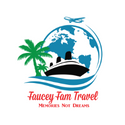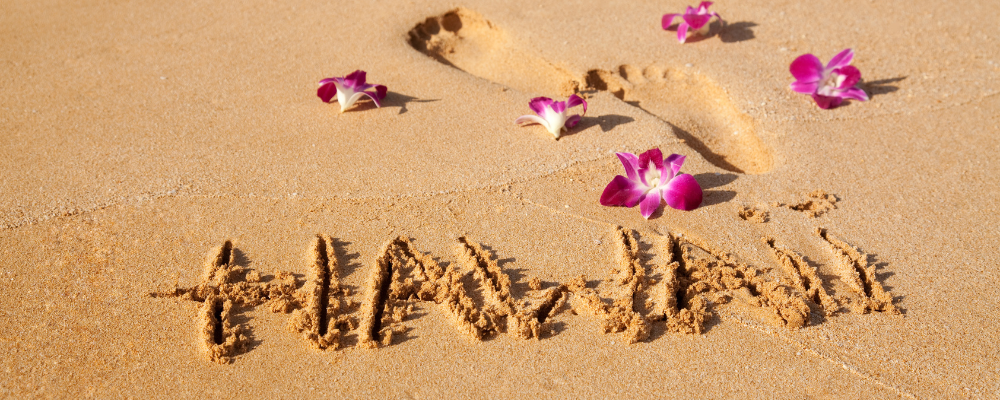
Dreaming of crystal-clear waters, white sandy beaches, and the perfect tropical vacation spot? Hawaii is the answer. Most people do not realize that Hawaii’s islands span more than 1,500 miles, creating the longest chain of islands in the world. In total, Hawaii is actually 130 separate islands, and of those, only six offer tourism opportunities. These major islands are Kauai, Oahu, Molokai, Lanai, Maui, and Hawaii’s Big Island. These six beautiful and unique islands, each boasting their own identity and loads to do.
Getting around on the islands is a cinch. A ferry runs between Maui and Lanai and Maui and Molokai, and inter-island flights offer multi-island passes at a discount. Most visitors relish self-drive adventures, touring the winding roads along the beaches or into the interior of the islands at their own pace. Rental options range from scooters to Ferraris, but for a classic experience, try renting a Jeep.
What’s truly unique about Hawaii, though, is the sheer number of activities available in such an amazingly beautiful setting – the scenery is unmatched and unlike anything in the world. Sit and do nothing or try just a few of the built-in diversions that nature has given a home here: water sports like surfing, windsurfing, boating, sailing, snorkeling, diving, fishing, and kayaking; or try golf, tennis, world-class bicycling, hiking and camping. Whether you're looking for fun in the sun, a dose of culture, breathtaking scenery, adventure, or relaxation, Hawaii has it all! Hawaii - it's the ultimate paradise!
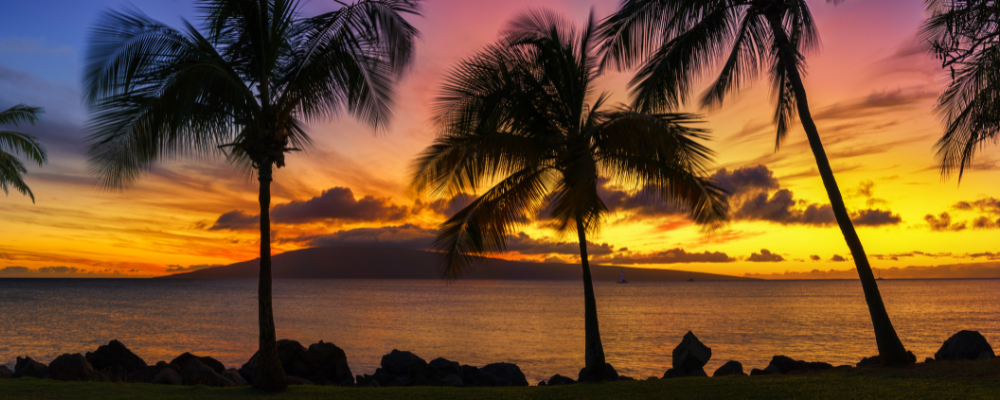
Starting with the oldest island, Kauai offers its visitors a chance to experience nature at its finest, with breathtaking beaches, hiking trails, water sports, whale watching, and some of the best dining experiences in Hawaii. Kauai has been a backdrop for many films, including Jurassic Park. Its primitive, tropical beauty evokes the Garden of Eden – it is an island of mountains and valleys, waterfalls, and beautiful beaches. On the Northwest side of the island, 3,000-foot cliffs line the Na Pali Coast, much of it inaccessible except by boat or hikes on foot. This well-rounded island appeals to commercial shoppers, fine diners, and eco-tourists alike.
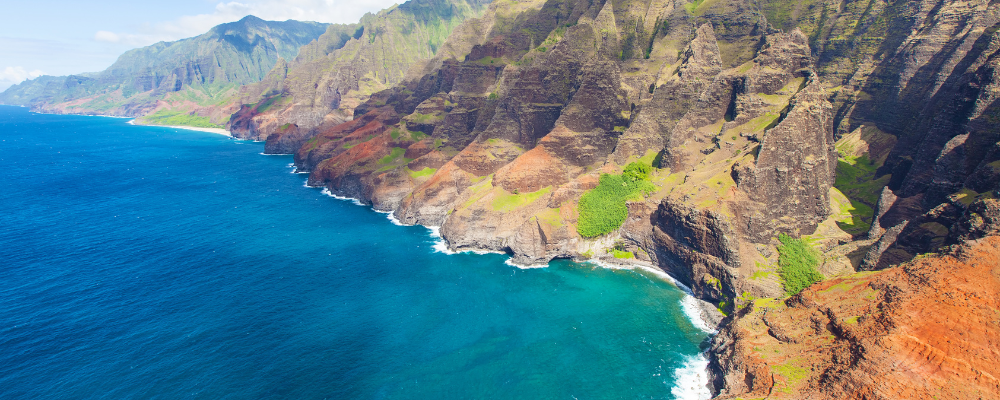
Oahu is the most commercial of the islands and home to Waikiki and Honolulu. But do not let that fool you: this island mesmerizes visitors with rainforests, mountains, valleys, and spectacular ocean waves. Diamond Head, a mountainous volcanic crater, is a famous and easily recognizable landmark. Oahu is perfect for a blend of urban excitement and breathtaking natural wonders. Explore the vibrant culture, beaches, and waterparks, and don't forget to soak up the tranquility of the island's lush countryside, jungles, and magnificent coastlines.

The island of Maui has something for everyone. The dormant Haleakala volcano (though officially classified as “active”) and Kahalawai volcano watch over Hawaii’s second-largest island and shape the island’s mountains, valleys, and waterfalls. Visitors to Maui are surprised by how undeveloped most of the island feels and yet how much it offers in terms of dining, resorts, and nightlife. Maui is also the whale-watching center for the islands (the humpback whale is the state animal). Driving to the top of Haleakala to watch the sunrise is a Maui visitor ritual (now requiring reservations), as is a drive around the island’s perimeter on the 50-mile Hana Highway. Another attraction is the small village of Lahaina, which is full of great shops and restaurants.
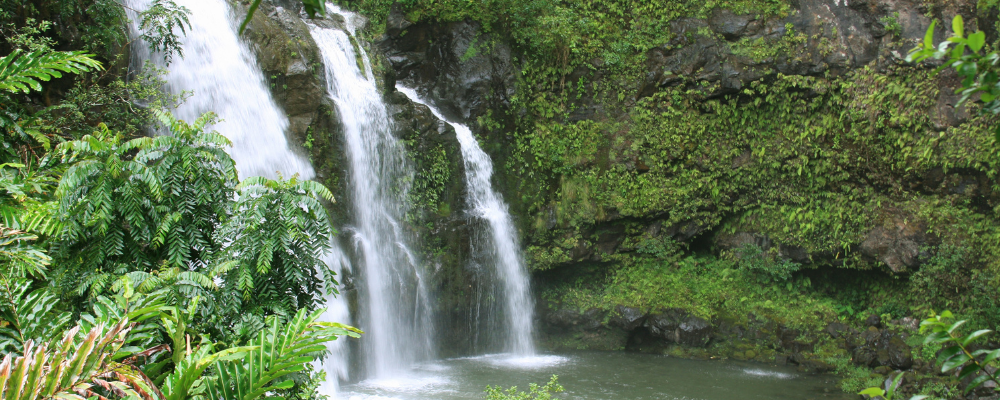
The Big Island – as its name suggests – is the largest and most exciting island in the state, boasting unforgettable natural elements. The Big Island is the home to the Kilauea volcano: the still active, currently erupting volcano is the most active volcano in the world, with a continual lava flow pouring into the ocean since 1983, creating approximately 40 new acres of island every year. The last eruption as of this writing was January 5, 2023. During the winter, it can actually snow on the island’s tallest mountain, Mauna Kea, and you can snow ski on its 13,796-foot altitudes, weather permitting. The Kona-Kohala Coast on the Big Island hosts several luxury resorts and golf facilities along with its white-sand beaches. Here, too, is the town of Hilo, displaying its tropical, quintessential Hawaiian culture. From stunning beaches and lush forests to remarkable lunar-like volcanic landscapes, the big island has it all.

Don't forget the tranquil, secluded islands of Molokai and Lanai - both are true hidden gems! Lanai and it is often considered Hawaii’s best snorkeling and scuba diving spot. Lanai was at one time a giant pineapple plantation and is home to some of Hawaii’s most famous beaches, such as Hulopoe Bay. The only town on the island is Lanai City, a quaint town filled with small shops and artist studios. Lanai entertains many visitors with large luxury resorts and their attendant championship golf properties. The words most often associated with the island of Molokai are peace and tranquility. It is home to many of the ecological and adventure-oriented activities found in Hawaii. The eastern side of the island is very green and tropical, and the western side, in contrast, offers dry grasslands and beaches. To the north, tall sea cliffs rising more than 3,500 feet above sea level look out over the ocean and create Hawaii’s tallest waterfall. The Kalaupapa Peninsula is considered to be one of the state’s most beautiful areas.
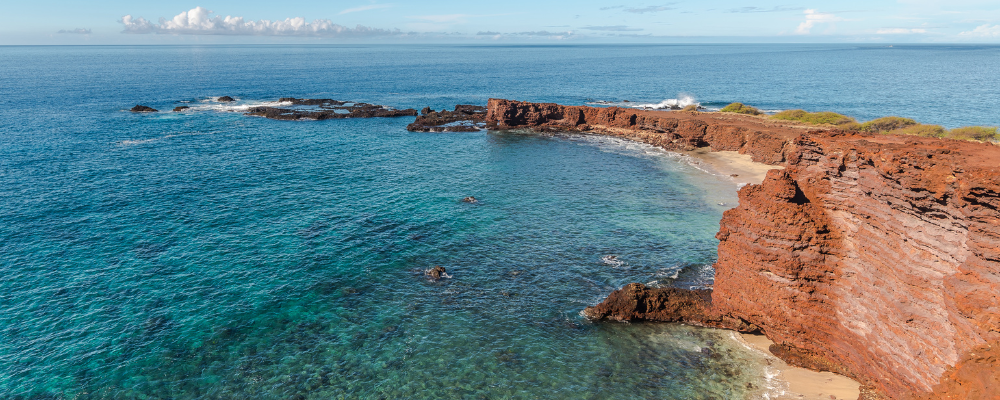
This overview is just a start at describing the amazing destination of Hawaii. Its cultural and environmental significance can only be fully understood through a visit in person – to see is to believe. Once you are there, consider leaving the beaten path to explore the lush outdoors of America’s 50th state.
Hawaii is a paradise that you simply cannot miss! So, pack your bags and get ready for an extraordinary escape. What are you waiting for??
Check out our limited time offer for Hawaii!
